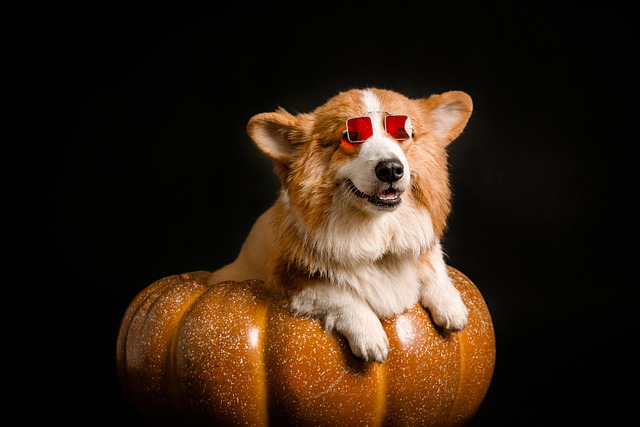
How to train a dog to bite back?
Training a dog to have defensive biting ability is not merely about releasing its attack instincts. Instead, it is based on a high level of trust between humans and dogs.
When we watch dogs sniffing around with curiosity, their smart eyes flashing with the light of exploration, we will realize their innate instinct of exploration. Training dogs to search and find can not only give full play to their talents, but also deepen the trust and tacit understanding between us and dogs in the process. Every training is a spiritual communication and a wonderful journey for the owner and the dog to grow together.
To start this training journey, we must first understand the sensory advantages of dogs. Dogs have extremely sensitive sense of smell, and the number of their olfactory cells is dozens of times that of humans, which can capture tiny odor molecules in the air. This powerful sense of smell is the key to their becoming excellent searchers. At the same time, dogs are very sensitive to the instructions and emotional changes of their owners. They are eager to be recognized and rewarded by their owners, which also provides favorable conditions for training. Based on these characteristics, our training should focus on stimulating the olfactory potential of dogs and establishing effective communication methods.
In the early stage of training, we should start with simple object search to create a relaxed and pleasant learning atmosphere for dogs. Choose toys that your dog is familiar with and likes, such as plush balls or rubber bones that it often plays with. Under the dog's gaze, hide the toys in obvious and easy-to-find places, such as next to the sofa or under the corner of the table, and then give instructions in an excited and firm tone, such as "go find it." When the dog follows the smell and finds the toy, immediately give enthusiastic praise, stroke its head, praise it in a gentle and joyful voice, and give it delicious snacks as a reward. This positive feedback will make the dog understand that completing the search task will get the owner's love and reward, thereby stimulating its enthusiasm to continue exploring.
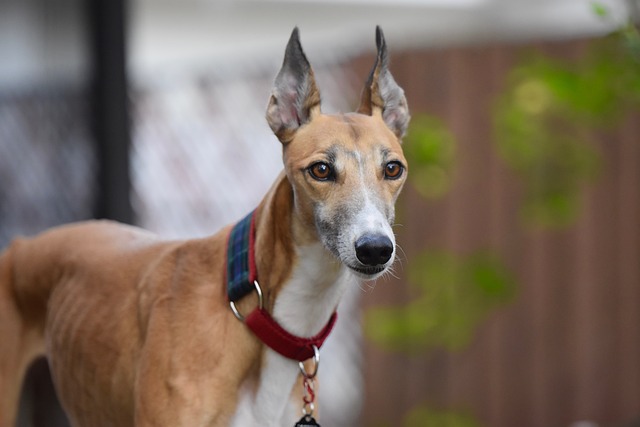 As the dog gradually masters the skills of finding simple objects, we can gradually increase the difficulty and complexity of training. Hide the objects in more hidden places, or train in different rooms or outdoor yards. At the same time, introduce more different types of objects to let the dog adapt to various smells. In this process, the owner must be patient, because the dog may be confused or frustrated because he can't find the object. At this time, we can help it establish the correct search ideas by guiding it, such as pointing to the approximate direction of the object, or taking the dog close to the object. Every time you succeed, give your dog full recognition and rewards, so that it can continue to gain a sense of accomplishment in the challenge.
As the dog gradually masters the skills of finding simple objects, we can gradually increase the difficulty and complexity of training. Hide the objects in more hidden places, or train in different rooms or outdoor yards. At the same time, introduce more different types of objects to let the dog adapt to various smells. In this process, the owner must be patient, because the dog may be confused or frustrated because he can't find the object. At this time, we can help it establish the correct search ideas by guiding it, such as pointing to the approximate direction of the object, or taking the dog close to the object. Every time you succeed, give your dog full recognition and rewards, so that it can continue to gain a sense of accomplishment in the challenge.
In addition to object-finding training, you can also simulate actual search scenarios to further improve your dog's search ability. For example, let your family play the role of "the object being found", hide in different locations, and then let the dog find it. This kind of training can not only exercise the dog's olfactory tracking ability, but also cultivate its adaptability and concentration. In the simulation training, the difficulty should be adjusted in time according to the dog's performance to avoid the dog feeling frustrated by the difficulty being too high, and it should not be too simple to achieve the training effect. When the dog successfully finds the target, the excitement and pride will make us feel the full happiness brought by the training.
Throughout the training process, it is crucial to establish good communication with the dog. Clear and consistent instructions can help the dog better understand our requirements. Use the same words and tone every time you give an instruction to avoid confusing the dog. At the same time, our body language, expressions and emotions will also convey important information to the dog. Stay positive and focused to let the dog feel the fun of training and our support. In addition, the training time should not be too long, about 15-20 minutes each time is appropriate, to avoid the dog's fatigue and boredom.
Teaching dogs to search and find is an interaction full of love and wisdom. In this process, we witness the growth and transformation of dogs from ignorance to proficiency, and they also respond to our expectations with every effort and progress. Through professional training methods and patient companionship, dogs can not only master an excellent skill, but also establish a deep and unique emotional connection with us, making our lives more colorful because of their existence.

Training a dog to have defensive biting ability is not merely about releasing its attack instincts. Instead, it is based on a high level of trust between humans and dogs.

When we watch dogs sniffing around with curiosity, their smart eyes flashing with the light of exploration, we will realize their innate instinct of exploration.

When your lovely Teddy suddenly bares its tiny teeth and nibbles at your fingers or clothes, or accidentally scratches your skin during play,
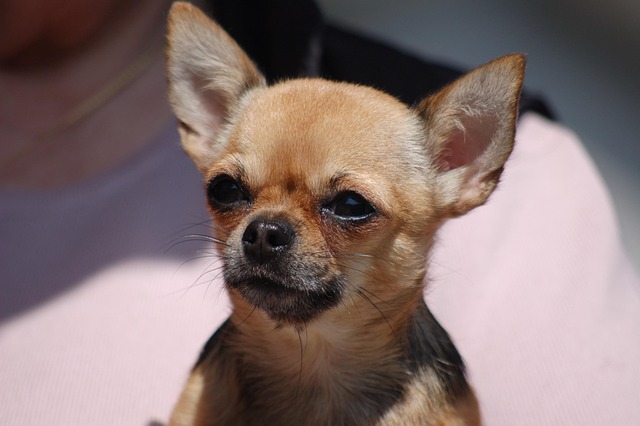
In the morning, sunlight filters through the window into the room as you carry a bowl of carefully prepared dog food toward the shepherd dog.
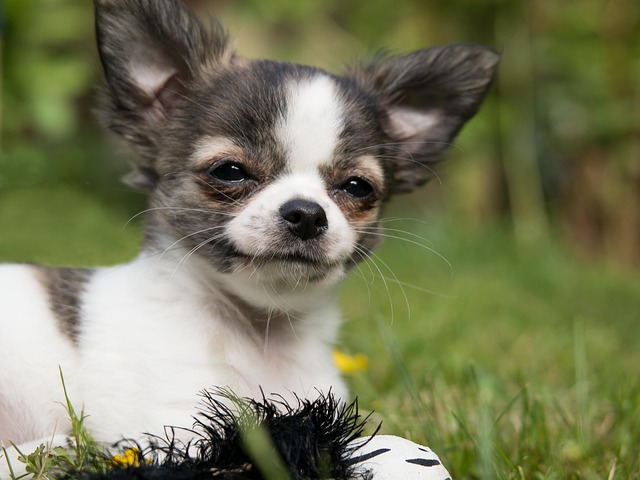
In the world of dogs, smell is their unique language for perceiving the outside world and a mysterious bridge for communicating with humans. Dogs' sense of smell is dozens or even hundreds of times more sensitive than that of humans.
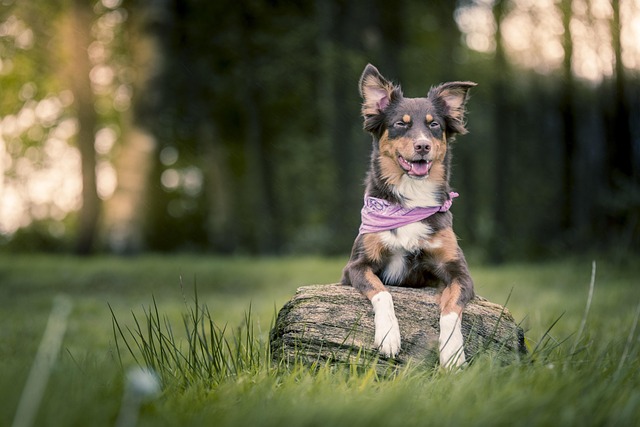
When dogs explore the world with their teeth, furniture often becomes their "teething victims." This not only frustrates owners but also reveals the deeper needs behind their behavior.